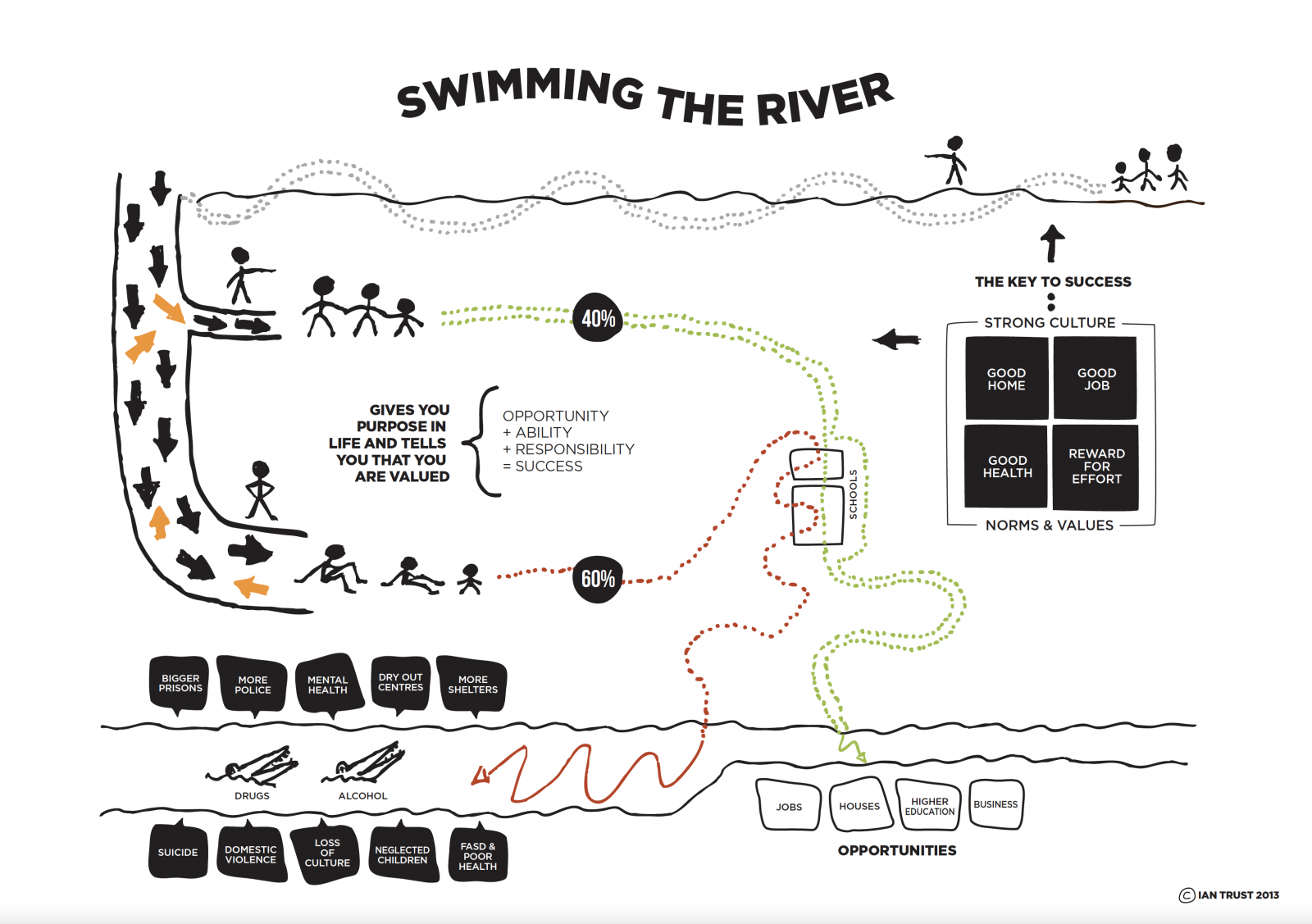5 Ways to effectively communicate culturally sensitive messages
The National LGBTIQ+ Health Alliance is the peak health organisation in Australia that provides health-related programs, services and research focused on lesbian, gay, bisexual, transgender, and intersex people (LGBTI) and other sexuality, gender, and bodily diverse people and communities. MIH worked alongside them to produce a series of booklets and the Genders, Bodies and Relationships Passport, aimed at different groups of people within the LGBTQIA+ community. It was an inspiring project to work on and the resulting marketing campaign provided personalised aid for members of the community.
Working on this project emphasised how important careful and inclusive language is when communicating culturally sensitive messages. Here are our top 5 tips to ensure inclusive and effective messaging.
#1 Think outside the box
Thinking outside the box requires interaction between core people with the organisation, a creative team, external stakeholders and where possible – representatives of community groups at whom the messages are aimed.
Sensitive messages are not brands, nor are they causes or action points. They are important pieces of information that need to be effectively considered and absorbed. So an empathetic mindset is required, and research will go a long way to a campaign strategy that fits the purpose.
Some useful questions to consider during your brainstorming session include:
- What is at the core of the message?
- What are the best access points to prospects?
- What formats will work (i.e. direct mail, video, infographics, industry publication)?
- Is something new or innovative required?
- What, if any, is the most appropriate form of publicity?
#2 Keep humanity at the core
Again, the key mindset is empathy. Communication expert Richard Southern writes
“Neuroscience demonstrates that receptiveness to marketing messages is enhanced if they are communicated in a humanised way, encouraging people to form a more human bond with the brand.”
The way to think ‘human’ is to feel it. Research reported by Southern indicates that the core qualities that position brands as human-centric include empathy, confidence, responsiveness and surprise. Take the time to consider how you can include all these elements in your messaging.
#3 Connect the message to the purpose
Nonprofits are very good at touching their donor base, but what about when communications need to expand beyond that to touch other stakeholders, vulnerable members of the community they work with, the public and external organisations or politics? Targeted messages need to always loop back to the purpose of the organisation. Nonprofits that do an excellent job are able to articulate their core values and beliefs and have a developed brand personality that audiences can easily connect to. A cohesive sense of brand identity across all of these areas helps to build trust and credibility, attributes that are vital for stakeholders and recipients of sensitive messaging.
#4 Use language that speaks to the heart of your audience
Personalisation is increasingly highlighted as an important marketing tool, but for nonprofits, we would argue that it becomes even more important. The work that nonprofits do generally involves a number of important stakeholders. When designing any communication piece always think about the person who is on the receiving end of the communication. What is it they need to ‘hear’? What words or phrases will help them relate and absorb the messaging? What is going to help?
#5 Visuals and graphics aid communication
Another key consideration is how can you simplify the message? Even though key stakeholders may have a keen interest in the purpose of your organisation or campaign, the same psychological and behavioural patterns apply. 90% of information received by the brain is visual. Graphics, illustrations, Infographics, explainer videos and other design elements like brand colours and typography really can help to communicate culturally sensitive messages.

Working together with the not-for-profit Wunan Foundation, the above illustration was formalised for Ian Trust, Executive Chair. It explains key issues facing his people, the Aboriginal people of the East Kimberley. Using a metaphor called ‘Swimming the River’, Ian talks about how life was radically changed with the arrival of white settlers. After successfully surviving in a harsh desert environment, Aboriginal people were now faced with surviving a completely new, alien way of life. To do this, Ian explains, they must ‘swim the river’ in order to access opportunities such as jobs, housing and business opportunities. The place to learn to ‘swim the river’ is school.
We specialise in helping the NFP sector
NFP marketing, including pro bono work, are at the heart of what we do. For advice on putting together your marketing strategy, breaking it down into achievable chunks or the best allocation of your marketing budget, get in touch with Make It Happen.
